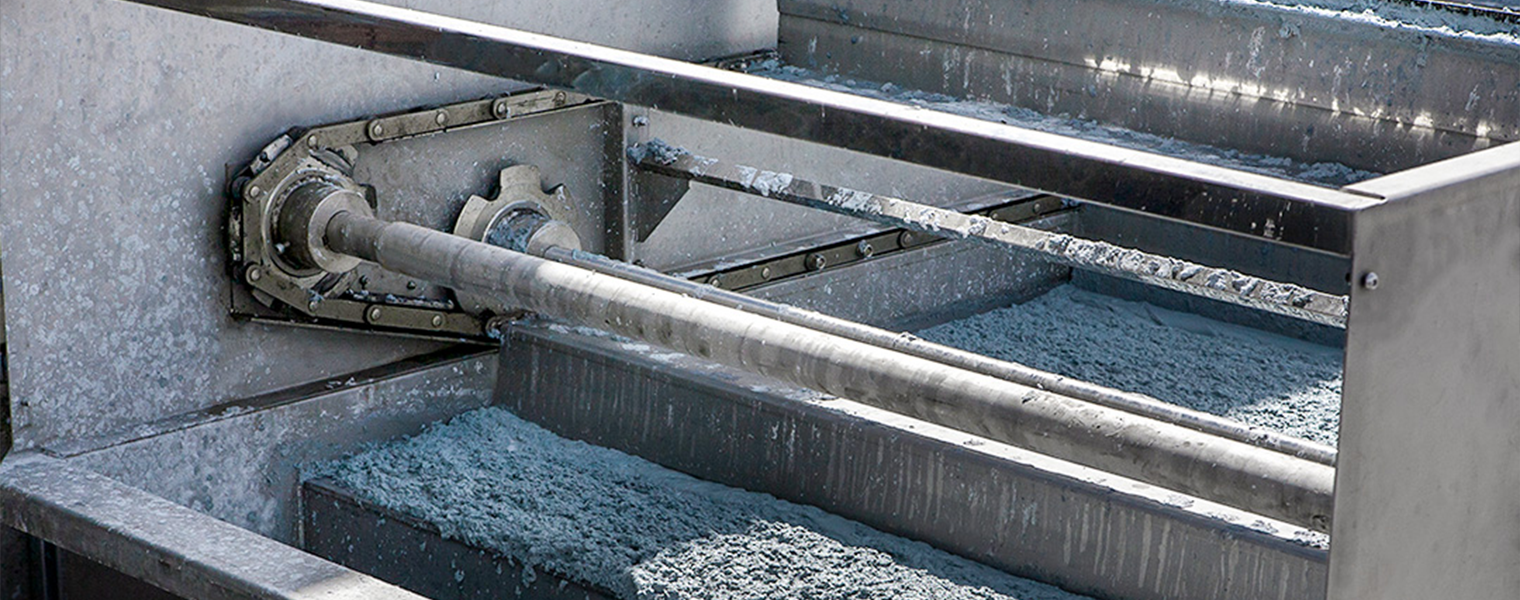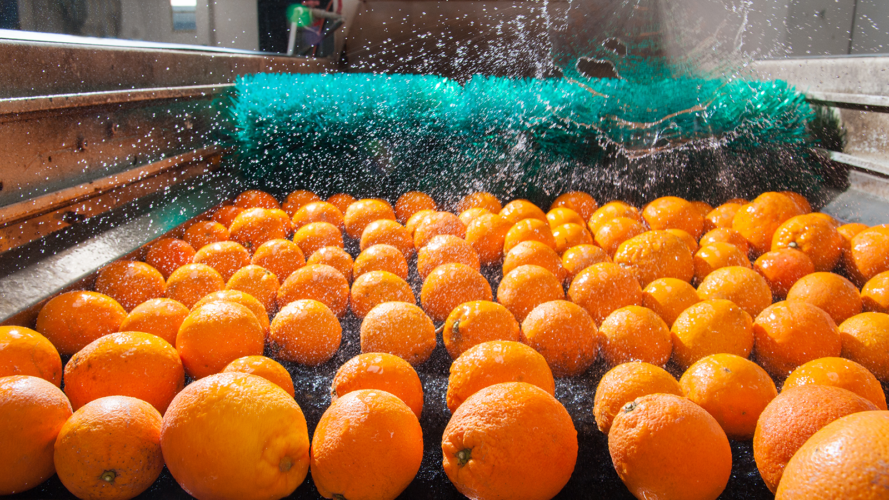
Understanding Industrial Trade Waste: Common Nomenclature – Part 3
February 20, 2020
Common nomenclature for trade waste is full of acronyms and regularly used terms that we need to know and understand.

Google can’t always help! As an example, a quick search for BOD comes up with many things from an apparel line to medicinal cannabis! In terms of water, there are thousands of papers written on definitions. The following briefly summarises the main ones relevant to Australian businesses that discharge wastewater that have limits and charges associated with various substances.
BOD – Biochemical Oxygen Demand
BOD is an indirect measure of the amount of biodegradable material in the water, and its primary goal is to indicate the ‘strength of’, or how contaminated the water is. The BOD test works by measuring how much dissolved oxygen is used by bacteria when they degrade the biodegradable material. Usually it only gives a measure of organic materials present, but sometimes the test also gives a measure of inorganic nitrogen based materials as well. High BOD loads in your industrial trade waste can cause corrosion of pipework and pumping systems at the local sewer network (STP) leading to premature failure. It also requires increased energy at the STP to treat the water for discharge and generates more sludge.
High BOD can be generated from waste containing organic material such as food particles that becomes a food source for micro-organisms in the sewer that then over-grow. It may cause odours and accelerate corrosion at the STP. There is a cost associated with BOD in your trade waste that is dependent on the amount discharged.

TSS – Total Suspended Solids
TSS are the insoluble solid matter suspended in wastewater under conditions normally found in sewers that is separable by laboratory filtration. TSS have a tendency to settle within the sewerage network and potentially provide locations for the generation of odorous compounds as well as acid forming gases. These rapidly erode the pipework and produce the well-known rotten egg smell sometimes associated with sewer.
High TSS can be generated from food particles in wash water and may block drainage on your premises, damage pumps at STP, block wastewater pipes and is costly to remove. There is a cost associated with TSS in your trade waste.
FOG – Fats, Oils and Grease is integrable with TOG – Total Oil and Grease
FOG can coalesce and solidify at the STP particularly as it cools within the underground sewer system. It can also cause odours and accelerated corrosion at the STP. Fatbergs from the oils and grease can cause major blockages such as the bus-sized fatberg weighing 40 tonnes recently cleared from the London sewer.
Domestic households do generate FOG waste but only in small quantities and it is diluted by much larger volumes of greywater from showers and washing machines. FOG waste generated from commercial or industrial applications is much higher quantities and is largely undiluted. There is a cost associated with FOG in your trade waste.
Industrial Trade Waste Versus Equivalent Population – Part 1 – Click here.
Impact of Non-Compliance – Part 2 – Click here.
Understanding Industrial Trade Waste – Part 4 – Click here.
Up Next
International Women’s Day 2020
Categories
- Tradeshows
- Climate
- Community Engagement
- Corporate Announcements
- Group News
- Newsletters
- Product News
- Project Announcement


